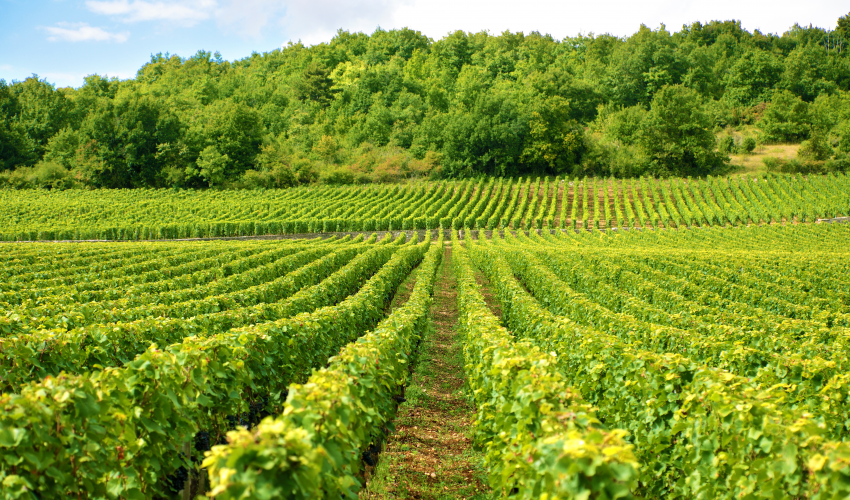Ebro Valley Wine County in Spain

The Sierra de Cantabria Mountains in Ebro Valley
These mountains shelter some of Spain’s most important vineyards, including those in Rioja and Navarra. Further south, Calatayud, Campo de Borja, and Cariñena offer great value. To the east, vineyards nestled along the base of the foothills of the Pyrenees hold vineyards as well. This is where tributaries of the River Ebro nurture the vineyards of DO Somontano and the rare Moristel grape that charms many tasters with its tangy fruit and easy ways, along with more muscular Tempranillo, Cabernet Sauvignon, Merlot, and other red varieties.
The region’s most important river isn’t Rioja’s namesake, Rio Oja, but the Ebro River. Snaking between the Sierra Cantábrica and the Sierra Demanda, the Ebro and its tributaries have helped carve out vineyards that have been celebrated for at least two centuries.
Rioja
Rioja itself has three sub-regions — Rioja Alavesa, Rioja Alta, and Rioja Baja —. While each has distinct differences, there is no hierarchy of quality between them. Among the varietals grown here, Tempranillo is king, certainly. But Garnacha, Mazuelo (Carineña), Graciano and increasing numbers of other indigenous grapes are generating new ideas and styles in the region.
Reds, whites and rosés all have a home in the Ebro Valley. But the reds account for the greater part of its fame. Aging classifications are the primary means for differentiating red wines from one another: Joven (“young”) wines are for early drinking. Crianza wines are aged for two years (one of those in barrel). While Reserva wines (three years aging with one of those in barrel) can be age-worthy or offer serious immediate consumption. Gran Reserva wines are regarded as the region’s pinnacle. They are at least five years old and generally ready to drink, but they can age for years too.
If Rioja has been known as the traditional area of quality in the Ebro Valley, Navarra is not far behind both in its wines and in the minds of Spanish wine enthusiasts. International grapes such as Cabernet, Syrah and Merlot have been more recently planted, alongside the DO’s historic Garnacha vineyards. The bold Garnacha is still beloved, but Navarra is finding its voice internationally and combining tradition with change.
Other areas in the Ebro Valley are also growing in popularity. Especially the four Garnacha driven DOs of Aragon, Campo de Borja, Calatayud, Cariñena and Somontano. Juicy Garnacha is the primary driver, even in Cariñena, where its namesake grape is little planted.

 Spaans
Spaans Engels
Engels Duitse
Duitse